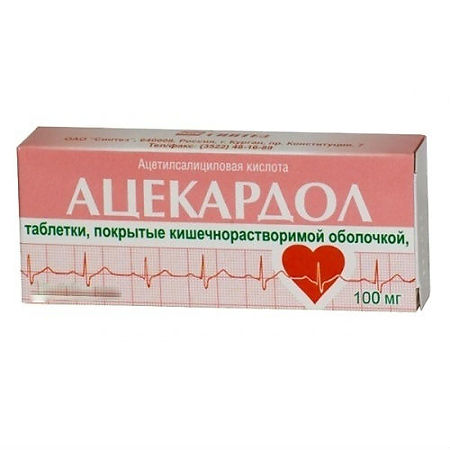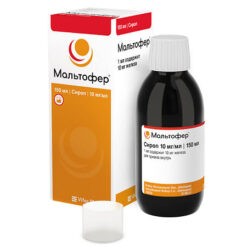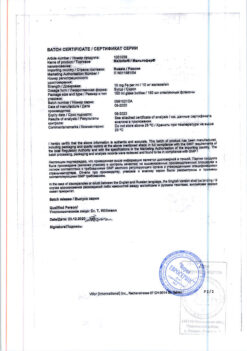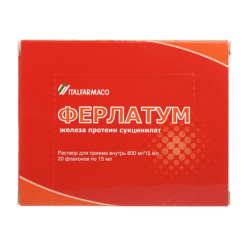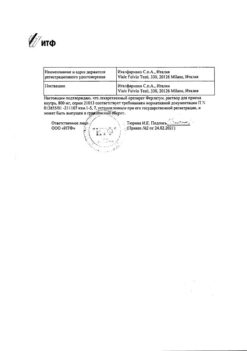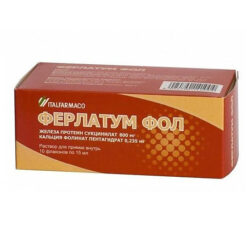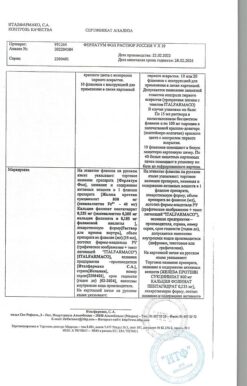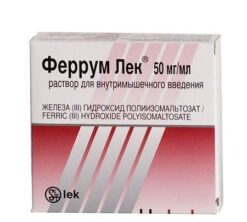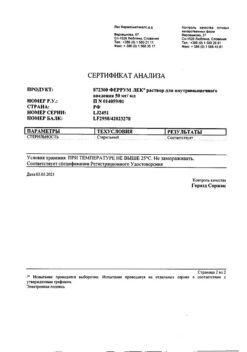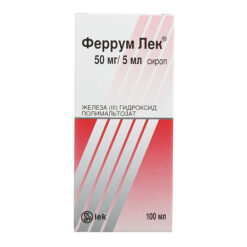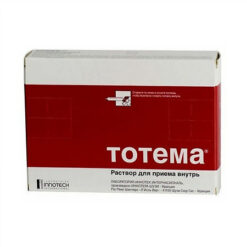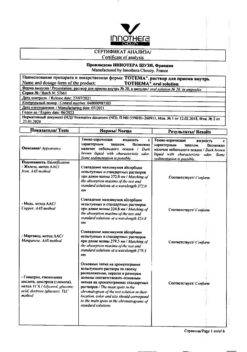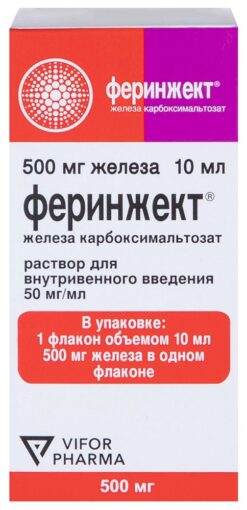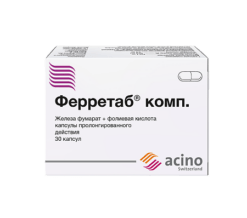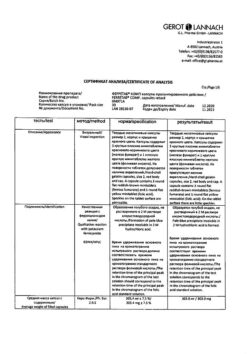No products in the cart.
Acecardol, tablets 100 mg, 50 pcs.
€1.00
Out of stock
(E-mail when Stock is available)
Description
The mechanism of action of acetylsalicylic acid (ASA) is based on irreversible inhibition of cyclooxygenase, which results in blocking the synthesis of thromboxane A2 and inhibiting platelet aggregation.
Asc is believed to have other mechanisms to inhibit platelet aggregation, which expands its application in various vascular diseases. ASK also has anti-inflammatory, analgesic, and antipyretic effects.
Indications
Indications
Prevention of acute myocardial infarction in the presence of risk factors (for example, diabetes mellitus, hyperlipidemia, hypertension, obesity, smoking, old age) and recurrent myocardial infarction.
Unstable angina.
Prevention of stroke (including in patients with transient cerebrovascular accident).
Prevention of thromboembolism after surgery and invasive vascular interventions (for example, coronary artery bypass grafting, carotid endarterectomy, arteriovenous bypass, carotid angioplasty).
Prevention of deep vein thrombosis and thromboembolism of the pulmonary artery and its branches (for example, with prolonged immobilization as a result of major surgery)
Pharmacological effect
Pharmacological effect
The mechanism of action of acetylsalicylic acid (ASA) is based on irreversible inhibition of cyclooxygenase, as a result of which the synthesis of thromboxane A2 is blocked and platelet aggregation is suppressed.
It is believed that ASA has other mechanisms for suppressing platelet aggregation, which expands the scope of its use in various vascular diseases. ASA also has anti-inflammatory, analgesic, and antipyretic effects.
Special instructions
Special instructions
The drug should be used after a doctor’s prescription. ASA can provoke bronchospasm, as well as cause attacks of bronchial asthma and other hypersensitivity reactions. Risk factors include a history of bronchial asthma, hay fever, nasal polyposis, chronic respiratory diseases, and allergic reactions to other drugs (for example, skin reactions, itching, urticaria). ASA can cause bleeding of varying severity during and after surgery. The combination of ASA with anticoagulants, thrombolytics and antiplatelet drugs is accompanied by an increased risk of bleeding. ASA in low doses can trigger the development of gout in predisposed individuals (those with reduced excretion of uric acid). The combination of ASA with methotrexate is accompanied by an increased incidence of side effects from the hematopoietic organs.
High doses of ASA have a hypoglycemic effect, which must be kept in mind when prescribing it to patients with diabetes mellitus receiving hypoglycemic drugs. When concomitantly prescribing GCS and salicylates, it should be remembered that during treatment the level of salicylates in the blood is reduced, and after discontinuation of GCS, an overdose of salicylates is possible.
The combination of ASA with ibuprofen is not recommended, since the latter worsens the beneficial effect of Acecardol on life expectancy. Increasing the dose of ASA is associated with the risk of gastrointestinal bleeding. Overdose is especially dangerous in elderly patients. When combining ASA with alcohol, there is an increased risk of damage to the mucous membrane of the gastrointestinal tract and prolongation of bleeding time.
Effect on the ability to drive a car/use machines: Not observed.
Active ingredient
Active ingredient
Acetylsalicylic acid
Composition
Composition
Composition of the drug:
1 tablet ACECARDOL contains 50, 100 or 300 mg of acetylsalicylic acid (active ingredient).
Excipients:
povidone,
corn starch,
milk sugar (lactose),
microcrystalline cellulose,
magnesium stearate (magnesium stearate),
talc,
cellulose acetylphthalyl,
titanium dioxide,
castor oil.
Contraindications
Contraindications
Hypersensitivity to ASA, to the excipients of the drug and other NSAIDs.
Erosive and ulcerative lesions, gastrointestinal bleeding, hemorrhagic diathesis, bronchial asthma induced by the intake of salicylates and NSAIDs, the Fernand-Vidal triad (a combination of bronchial asthma, recurrent polyposis of the nose and paranasal sinuses and intolerance to ASA), combined use with methotrexate at a dose of 15 mg per week or more pregnancy (I and III trimester) and lactation period Age up to 18 years.
Side Effects
Side Effects
Allergic reactions: urticaria, Quincke’s edema.
Immune system: anaphylactic reactions.
Gastrointestinal tract: nausea, heartburn, vomiting, pain in the abdomen, ulcers of the mucous membrane of the stomach and duodenum, including perforations, gastrointestinal bleeding, increased activity of liver enzymes.
Respiratory system: bronchospasm
Hematopoietic system: increased bleeding, anemia (rare).
Central nervous system: dizziness, tinnitus
Interaction
Interaction
When used simultaneously, ASA enhances the effect of the following drugs:
methotrexate by reducing renal clearance and displacing it from protein binding;
heparin and indirect anticoagulants due to disruption of platelet function and displacement of indirect anticoagulants from binding with proteins;
thrombolytic and antiplatelet drugs (ticlopidine);
digoxin due to a decrease in its renal excretion;
hypoglycemic agents (insulin and sulfonylurea derivatives) due to the hypoglycemic properties of ASA itself in high doses and the displacement of sulfonylurea derivatives from binding with proteins
valproic acid by displacing it from bonds with proteins;
An additive effect is observed when taking ASA simultaneously with alcohol;
ASA weakens the effect of uricosuric drugs (benzbromarone) due to competitive tubular elimination of uric acid;
By enhancing the elimination of salicylates, systemic glucocorticosteroids (GSCS) weaken their effect.
Overdose
Overdose
Symptoms of moderate overdose: nausea, vomiting, tinnitus, hearing loss, dizziness, confusion.
Treatment: reducing the dose of the drug.
Symptoms of severe overdose: Fever, hyperventilation, ketoacidosis, respiratory alkalosis, coma, cardiovascular and respiratory failure, severe hypoglycemia.
Treatment: immediate hospitalization in specialized departments for emergency treatment, gastric lavage, determination of acid-base balance, alkaline and forced alkaline diuresis, hemodialysis, administration of solutions, activated charcoal, symptomatic therapy. When carrying out alkaline diuresis, it is necessary to achieve pH values between 7.5 and 8. Forced alkaline diuresis should be carried out when the concentration of salicylates in plasma is more than 500 mg/l (3.6 mmol/l) in adults and 300 mg/l (2.2 mmol/l) in children.
Manufacturer
Manufacturer
Sintez, Russia
Additional information
| Manufacturer | Sintez OAO, Russia |
|---|---|
| Medication form | pills |
| Brand | Sintez OAO |
Related products
Buy Acecardol, tablets 100 mg, 50 pcs. with delivery to USA, UK, Europe and over 120 other countries.

